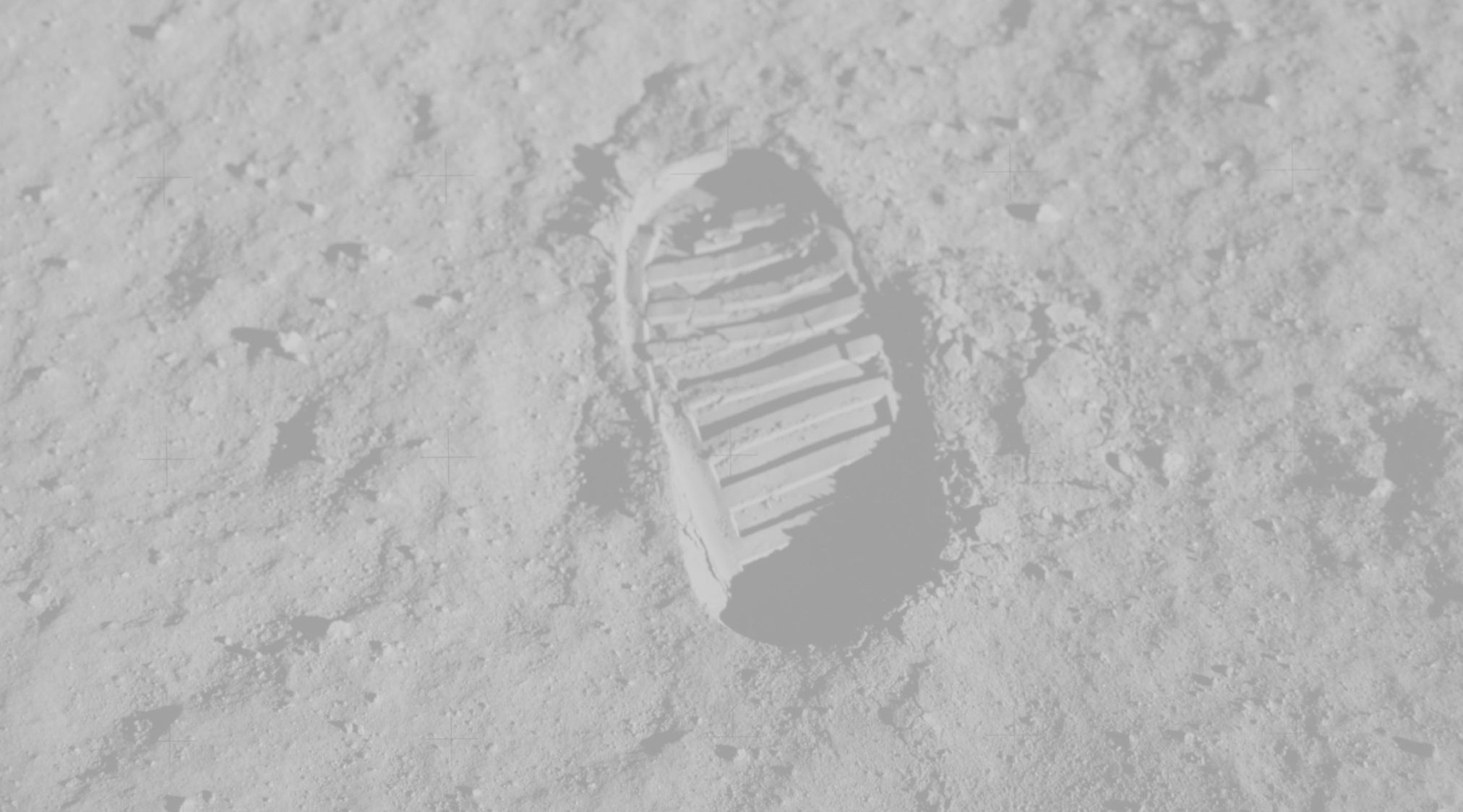1960s
ASU is involved in space exploration from the earliest days of the space race. In 1961, the university opens the Center for Meteorite Studies, which has become one of the largest university-based meteorite collections in the world. It houses more than 40,000 pieces from more than 2,100 distinct meteorite falls and finds. Researchers at ASU and around the world use the collection to learn about the origins of our solar system.
1970s
In the 1970s, ASU begins its long-standing relationship with NASA with the arrival of Ronald Greeley, one of the founders of planetary geology. Before coming to ASU, Greeley helped select landing sites for NASA’s Apollo missions and assisted in geologic training for astronauts. He participated in numerous space missions to Venus, Mars, Jupiter, Saturn, Uranus and Neptune.
1980s
Another planetary geologist, Philip Christensen, launches ASU’s foray into building space instruments. In the early 1980s, he begins developing infrared spectrometer systems that help us understand the physical makeup of the surface of Mars. These devices include the Thermal Emission Spectrometer (TES), Thermal Emission Imaging System (THEMIS) and Mini-TES.
1990s
In 1990, NASA launches the Hubble Space Telescope, which orbits outside of Earth’s atmosphere, taking high-resolution images of deep space. ASU researchers are involved in Hubble projects from its inception, producing images recognized around the world.
